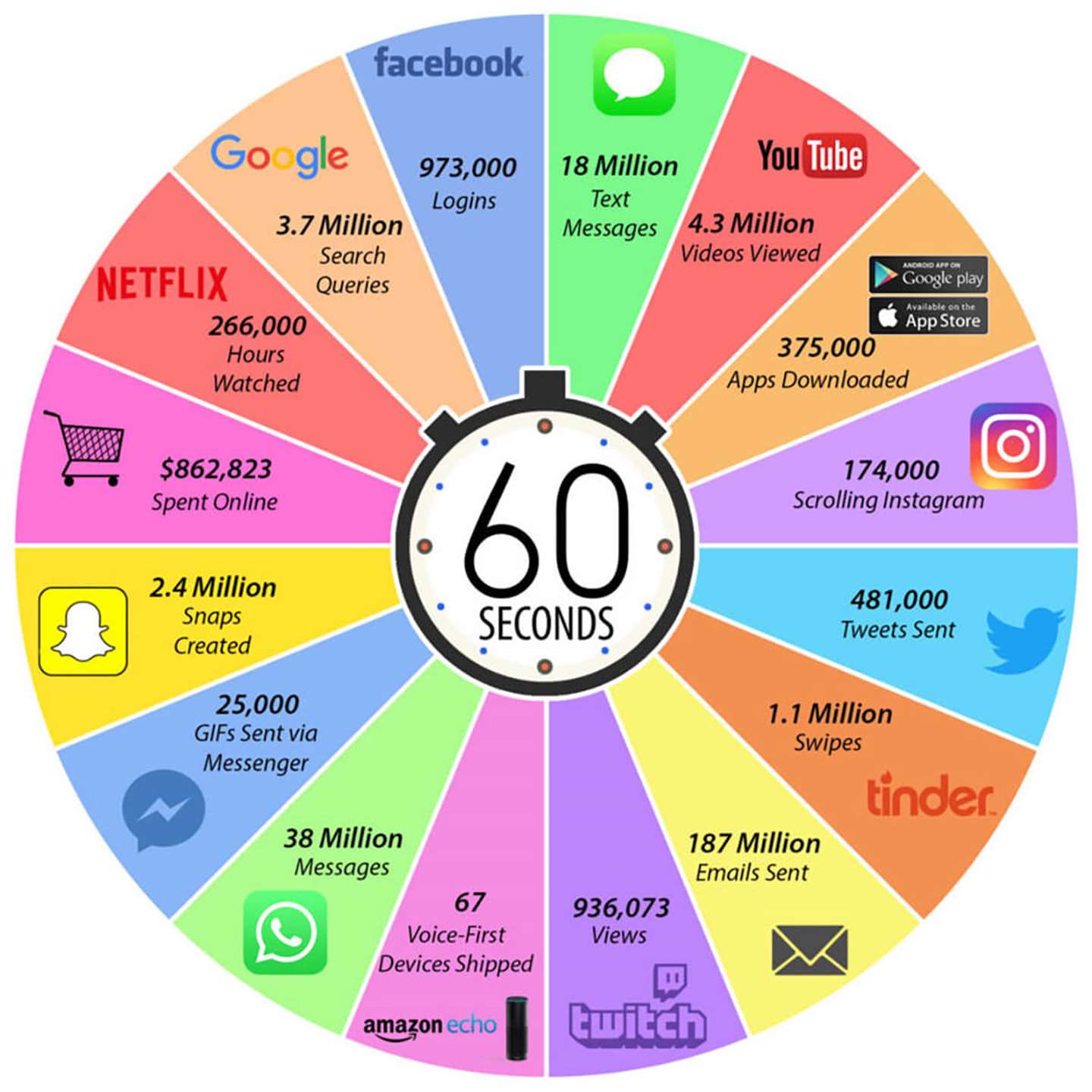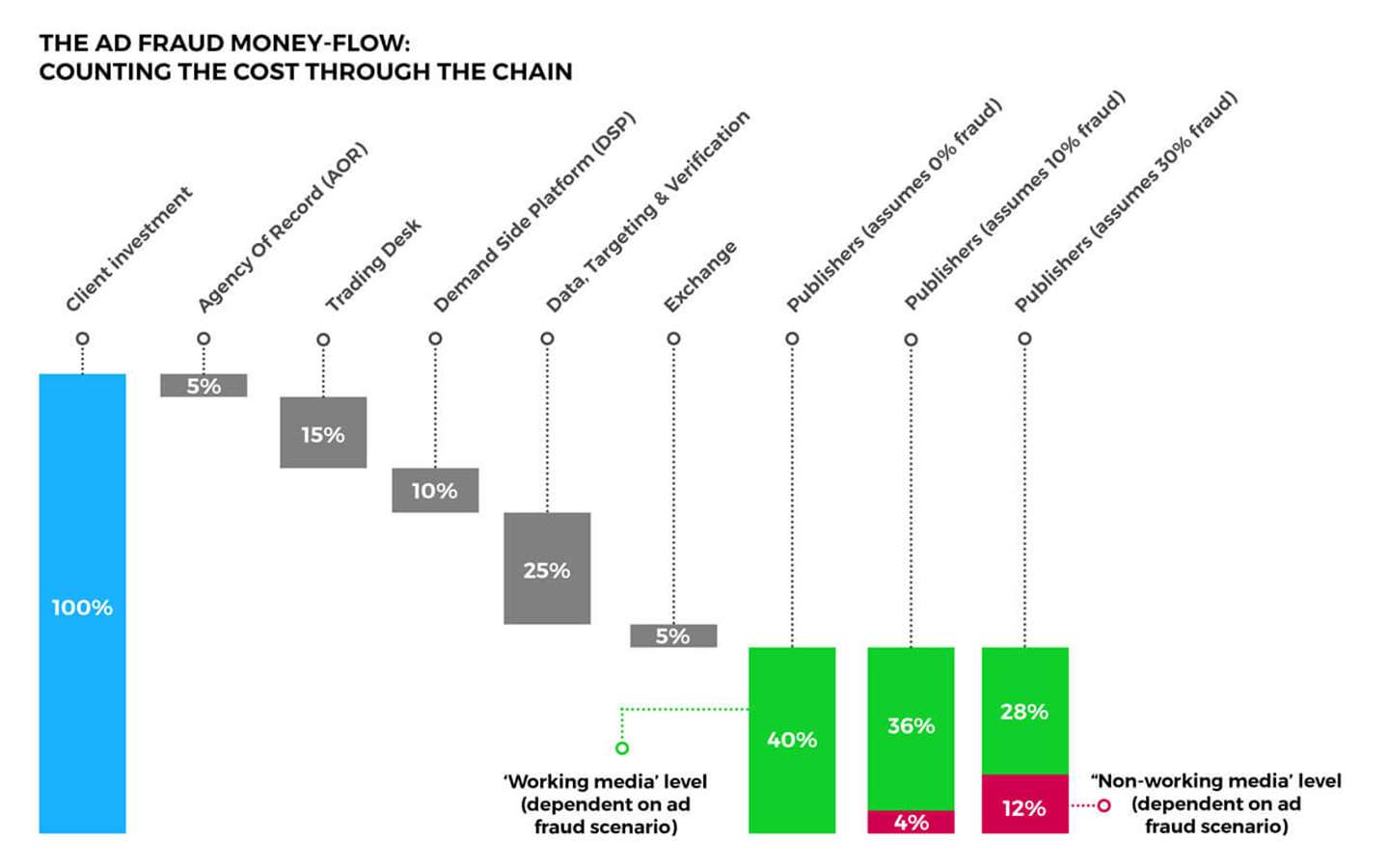The so-called digital revolution has swept the media landscape for more than two decades, fundamentally altering both the nature and function of media in our society. Traditional channels are no longer the gatekeepers of news and entertainment, the production cycle has reduced from hours to seconds, and no aspect of media, be it music, film or marketing, has escaped the tentacles of technological innovation.
Today we find that pixels and not paper are our window into the wider world, be it on a 27”, 10” or palm-sized screen. Locally and globally, this brings challenges for individuals, companies, even governments to contend with. And amid this much changed media landscape, marketing, much like any other industry, finds itself subject to very different rules and expectations.
There are opportunities, but also fears within this brave new world. Some in the media agency landscape might say the TV and broadcast model is obsolete, that print media belongs to simpler times, and that a connected and empowered youth are deserting traditional media in their droves. But others (and we count ourselves among these ‘others’) say the role of traditional media in the marketing mix, and particularly print media, has changed – and for the better.
The headline figures make for grizzly reading, but poke beneath the surface and there is fresh impetus and enthusiasm aplenty for old media in this digital media landscape. The media mix has changed, but so too have consumer attitudes towards marketing.
The smart marketers will consider (and consider well) how the old school can find a new, positive place in an integrated, post-digital world. Beyond the myths that say print is dead. Beyond the misperceptions about print advertising effectiveness. Because, while the battlefield for attention is immeasurably more fierce, the objective for marketing is essentially the same.






